10 Sugar Glider Facts for Kids
Sugar Gliders are furry little creatures that can fit into the palm of your hand. They are furry and have the ability to glide through the air. Sugar Gliders are nocturnal creatures who love to party – so if you are thinking of keeping one of these pesky little creatures as a pet, get ready for some crazy night!
There are so many wonderful and interesting Sugar Glider facts for kids that are sure to make you stop for a minute and take notice of these beautiful creatures. In this write-up, we are going to deep dive into the life and lives of these nocturnal marsupials.
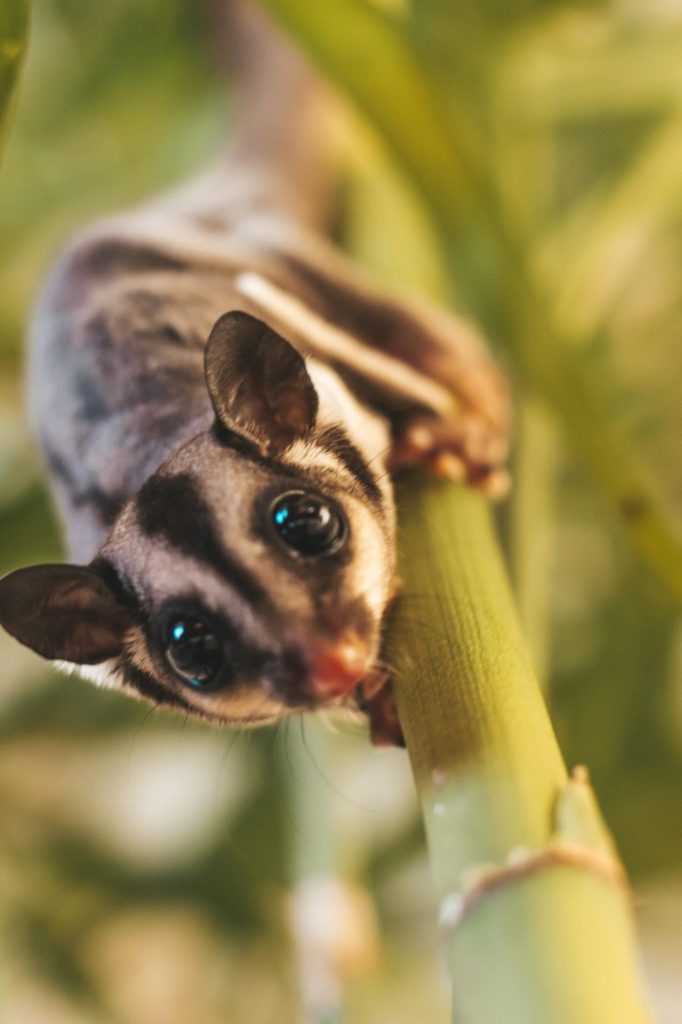
Also Read: Fun Hamster Facts for Kids
Basic Facts About The Sugar Gliders
Scientific Classification:
- Name – Sugar Glider
- Family– Petauridae
- Genus – Petaurus
- Phylum – Chordata
- Kingdom – Animalia
- Latin Name: Petaurus breviceps
Appearance ( Physical Characteristics )
In a layman’s language, Sugar Gliders resemble squirrels. However, the physical features that make them different are
- Long, prehensile tail
- Large eyes
- Has opposable toe on each hindfoot.
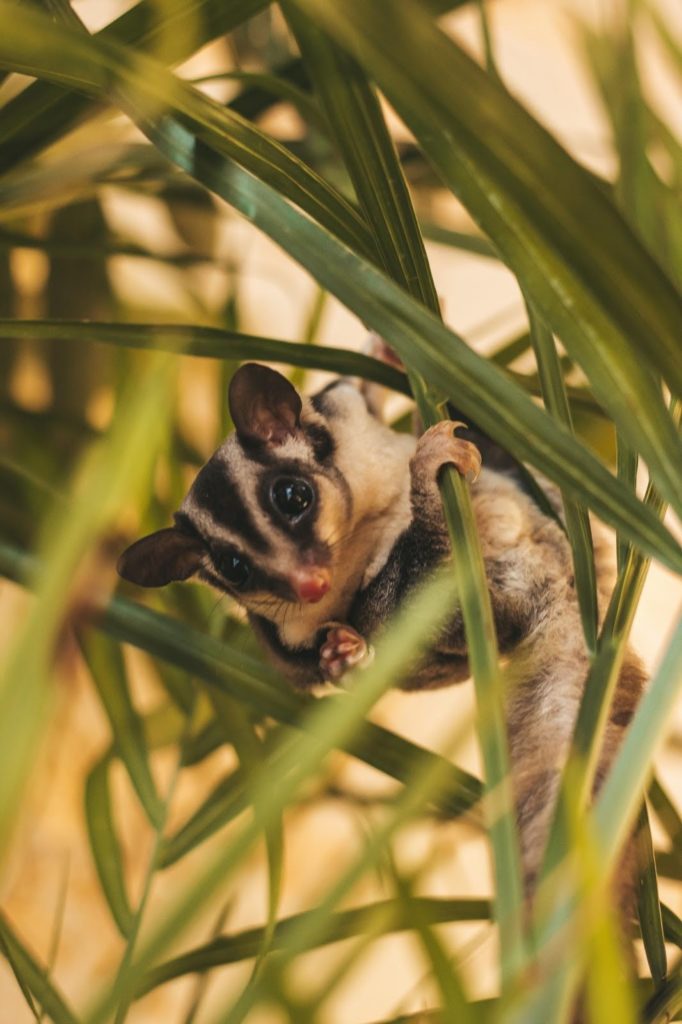
Size and Weight
On an average, male Sugar Gliders are 9 inches and weigh around 140 gms whereas female Sugar Gliders, their size is around 12 inches with an average weight of about 15gms
Habitat and Range
Sugar Gliders prefer coastal areas because of their cool weather in the continent of Australia. They are native to the tropical and cool-temperate forests of:
- Australia
- Indonesia
- Papua New Guinea
Their average home is about 1.5 m in area and is highly dependent on the availability of the food.
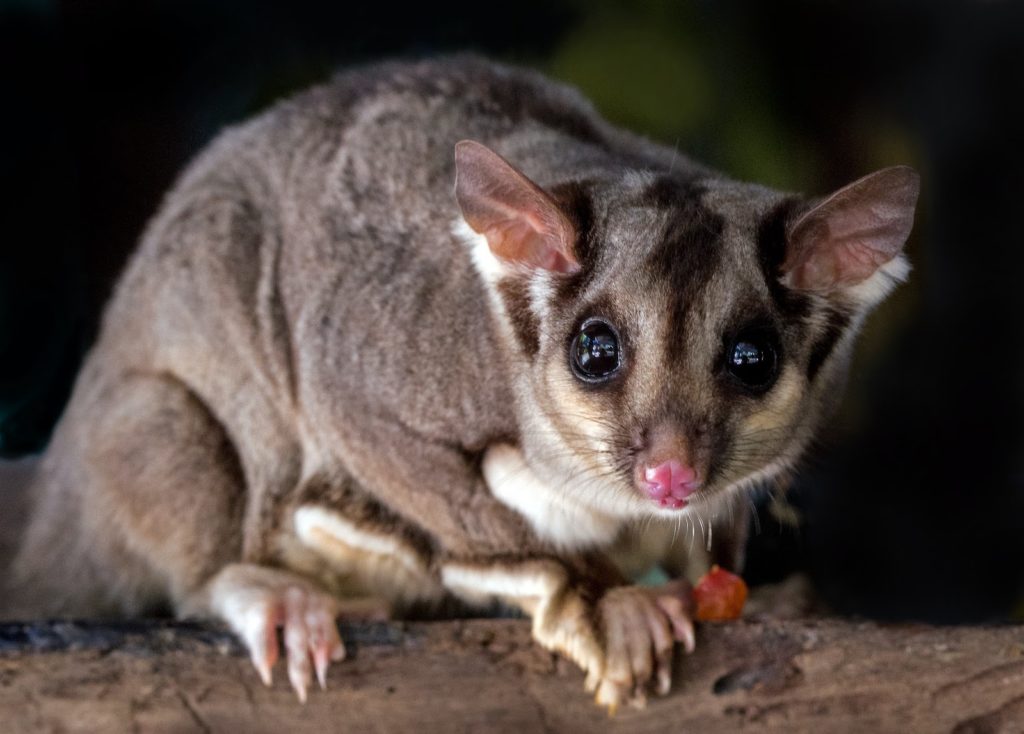
Diet
Sugar Gliders are omnivorous and can survive on a plant-based diet as well as a meat-based diet. One interesting thing about these cute little fur babies is that their diet changes according to the weather. In summers, they tend to feast more on the insects whereas, in winters, they rely on acacia gum, eucalyptus sap, manna, honeydew, or lerp.
Flora pollen is also a big part of their food consumption. They are also opportunistic feeders and will prey on lizards and small birds as and when the opportunity presents itself.
Life Expectancy
The life expectancy of Sugar Gliders greatly depends on how much care they receive. In the wild, their average lifespan ranges from 10-12 years with their geriatric period starting from 5-7 years of age.
Now Let’s Jump on To the 10 Interesting Sugar Glider Facts
1. Food Addiction
Just like the name suggests, Sugar Gliders love their sugar. Sweet is a common occurrence in their everyday diet. No matter the source, if it is sweet or contains any sugar, they love it already. Can you think of any other animal who loves to have desserts with their meal?

They are Loud
Even though they are tiny in size, Sugar Gliders have a loud bark. Almost as loud as a dog’s bark. So, while they are cute, they may not make very good pets due to them being nocturnal marsupials. The pet parents might find themselves in a bit of a ruckus every night. Get ready for your room to be the next party central with them as the host.
Ears
Sugar Gliders have amazing ears. They can move independently from their face and is a great asset to them to stay safe from predators. Due to them being small in size, they are easily preyed on by bigger creatures, and hence their hairless ears are always moving. This is nature’s way of making sure Sugar Gliders continue to exist for generations to come.
Social Creatures
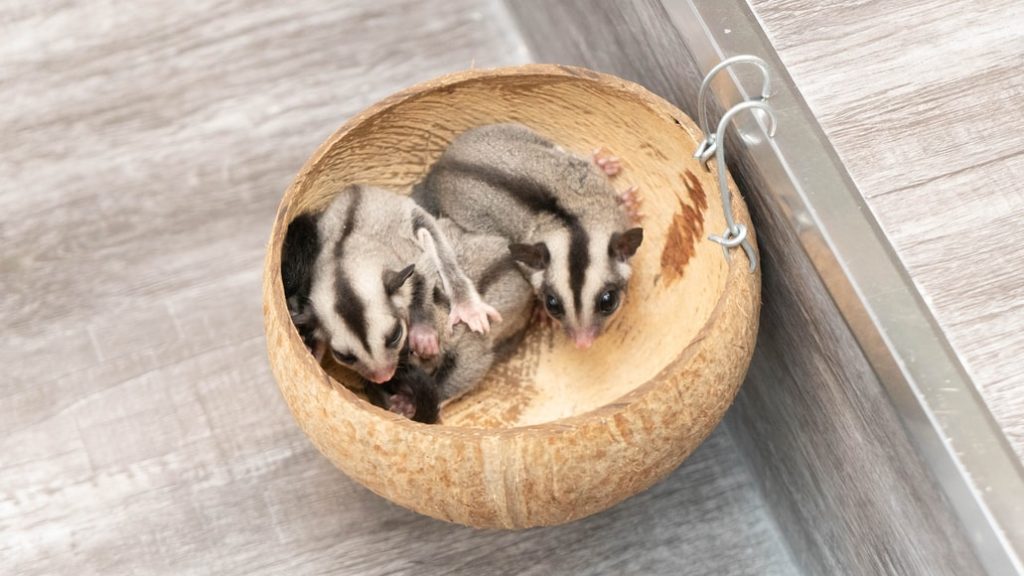
Sugar Gliders are very social in nature and thus, tend to bond very well with their pet parents and also other animals in their vicinity. Due to their social nature, they tend to have big families with 1-2 alpha males in their pack.
Also Read: Fun Chimpanzee Facts For Kids
Male’s Bald Spot
Male Sugar Gliders have a bald spot on the top of their head. The reason is, that there is a scent gland present over there, which appears once they reach their sexual maturity and are ready to reproduce. This is a bald scent gland that helps them mark their females, kids, and also their territories.
Opposable Thumbs
Sugar Gliders have very interesting limbs. Each hand has four fingers each and one opposable thumb and the same goes for their feet. This is most likely to help them grab onto the trees while gliding. Along with it, their fingers also have the ability to stick well onto the trees to help them navigate their forest life.
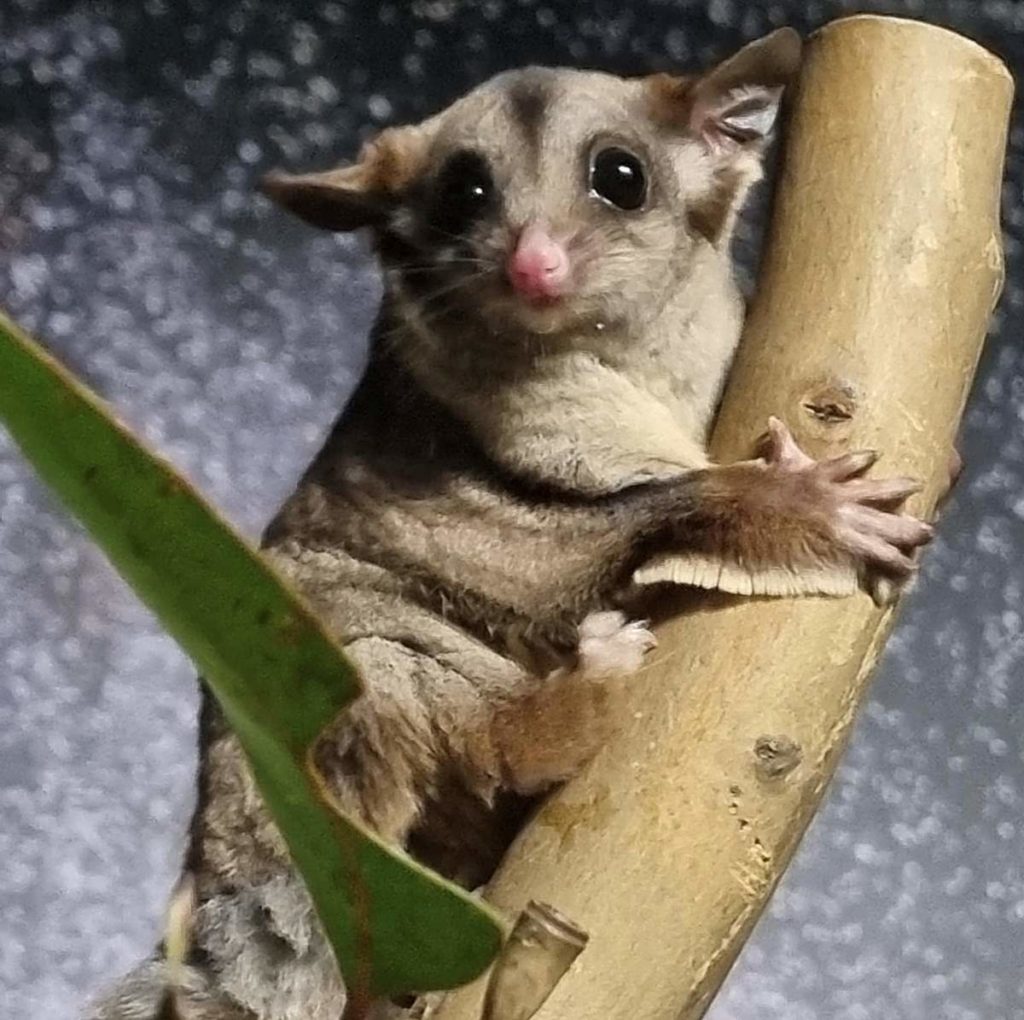
A Sad Ending
These nocturnal marsupials are social creatures and love interacting with others. In a layman’s term, we might call them an extrovert as well. But towards the end of their life, they often go through a depressive phase. According to the studies done, it has been accredited to them feeling sad about leaving their family behind.
Most Frequently Illegally Traded Animal
This is a sad truth about the society we live in, a lot of animals are traded, purchased, and sold illegally all over the world. Unfortunately, these nocturnal marsupials are one of the most common animals traded illegally. Due to their adorable facial features, they are often in high demand, and to meet these high demands they are stolen from their natural dwellings and sold to traders.

Gliders
Just as the name suggests, there is a membrane of skin that runs from their wrists to the ankles giving them the ability to glide.
Special Tail

Sugar glider’s tail is almost as big as its body and is used as a tool to maintain balance and stability while also giving direction to their flight direction when they glide. These bushy tails are usually brown in colour with black at the tips.
After reading about these adorable fur cuties, do you want to have one as your pet? They are tiny, love to socialise, and can survive on a wide variety of diets. But isn’t it better to let them stay with their families and continue to live their lives in peace and quiet? That is where they are the happiest after all.
Conclusion
Let’s try and give them a happy life by protecting their natural habitat where they can grow and thrive just how mother nature intended. For more interesting facts, visit our website.
